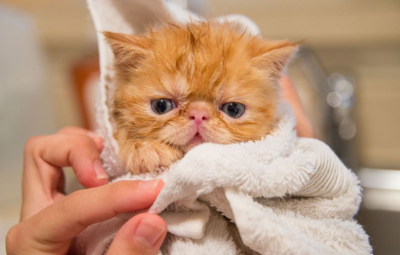A printer of dye sublimation is a printer that functions by warming ink as well as then transferring it to a surface. The name develops from the misunderstanding that the ink changes from solid to vapour without experiencing a sublimation, or fluid stage. Dye sublimation inks are utilized for publishing images and layouts on strong things.
Techopedia Explains Dye Sublimation Printer
Dye sublimation printers heat the strong ink to ensure that it is able to be gathered on a strong surface, such as ceramic or plastic. These printers are utilized for printing pictures as well as ID cards, along with for printing on things like T-shirts, as well as coffee cups.
Dye sublimation inks utilize a special overcoating as opposed to black with the various other typical ink colours, therefore, dye sublimation utilizes the CMYO, or cyan, yellow, magenta, overcoating system, though some printers do utilize black ink. The inks get submitted over the exterior one colour at once. Dye sublimation printers generate more continuous tones than inkjet printers and the tones are able to be varied with dithering. This makes replicating images on dye sublimation printers more exact than with inkjet printers.
Dye Sublimation Printer Process: How Does It Work?
Once again, what is colour sublimation? While the above information enables a better understanding of the fundamentals, let’s get a little bit deeper with the concept of transfer paper. Transfer papers are commonly utilized with these kinds of printers, but also direct-to-fabric inks are feasible. If you utilize transfer printing, the procedure is more intricate.
When you utilize a dye sublimation printer to create tasks via transfer:
- The transfer paper will be outfitted with solidified ink
- Sublimation takes place: the solid ink ends up being a gas
- A heat press is related to the paper
- An unbelievable photo starts to occur as the fibres of plastic products or artificial material ended up being penetrated by the gas.
It again aids to contrast a standard inkjet printer with a dye sublimation printer. In the initial, liquid ink in cartridges becomes strong through warmth and air when it dries out on the paper’s exterior. The two-step colour dye sub inks process involves liquid ink being introduced to media, where it dries out, as well as becomes solid, followed by evaporation, i.e., sublimation, in this case, of the solid ink.








